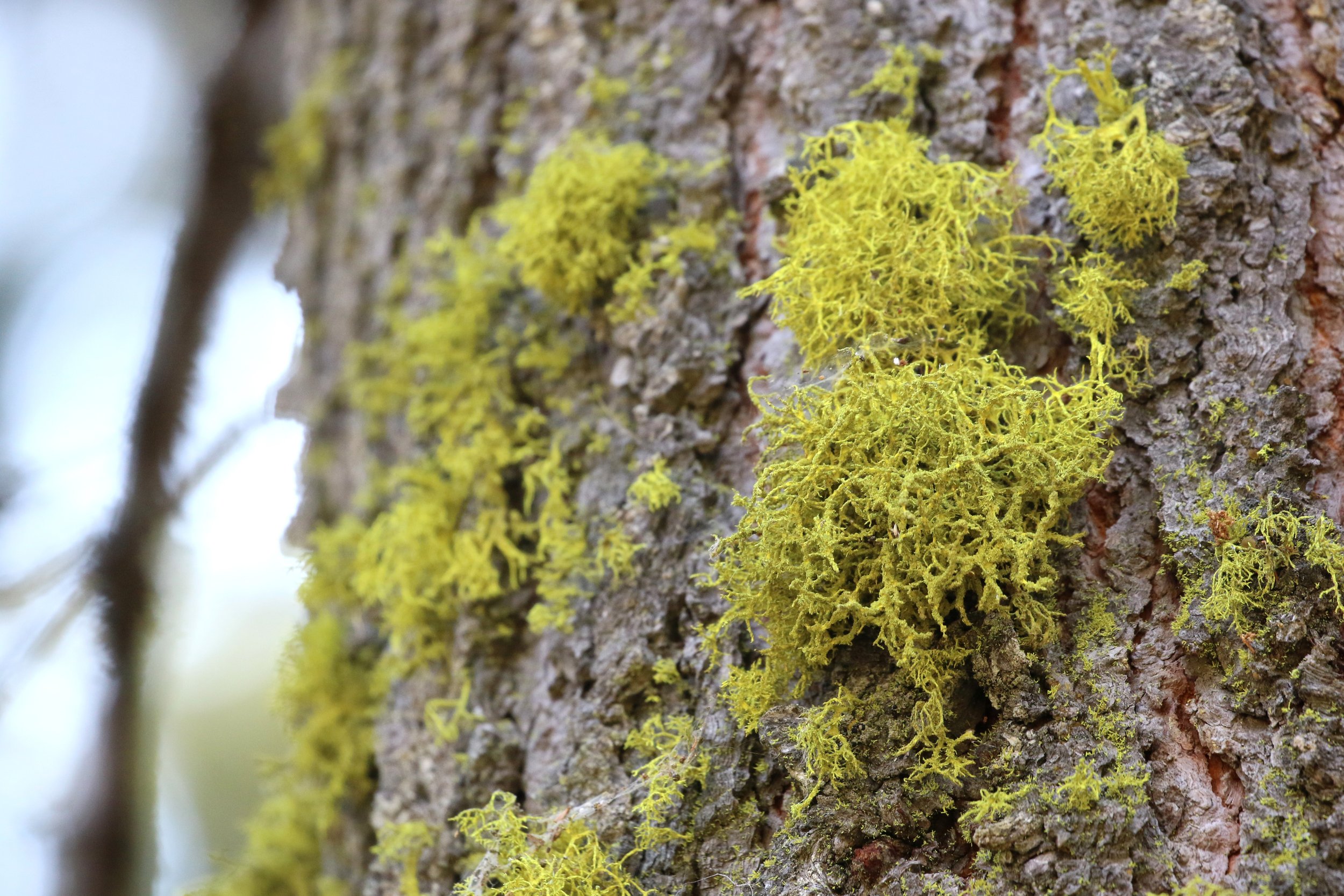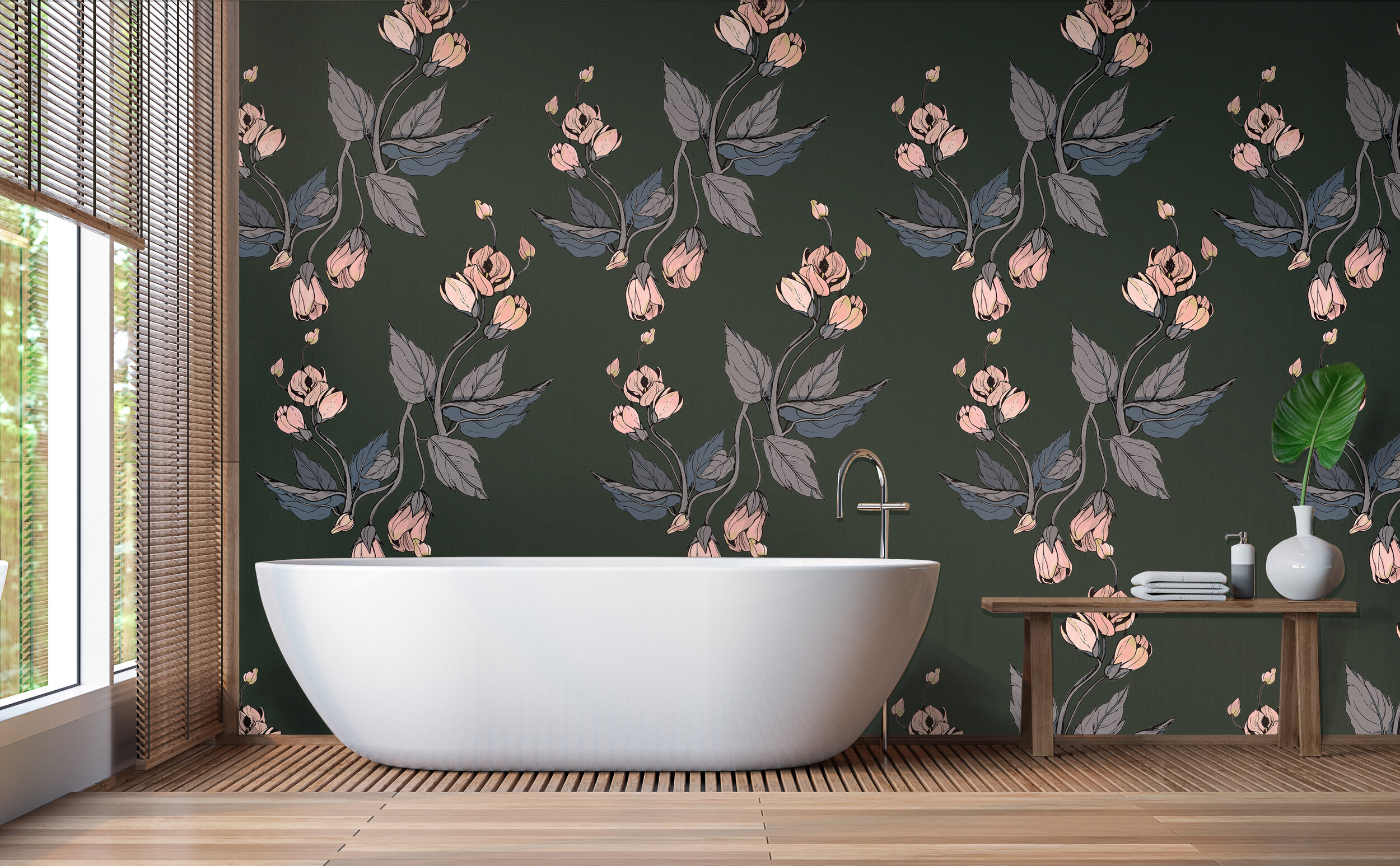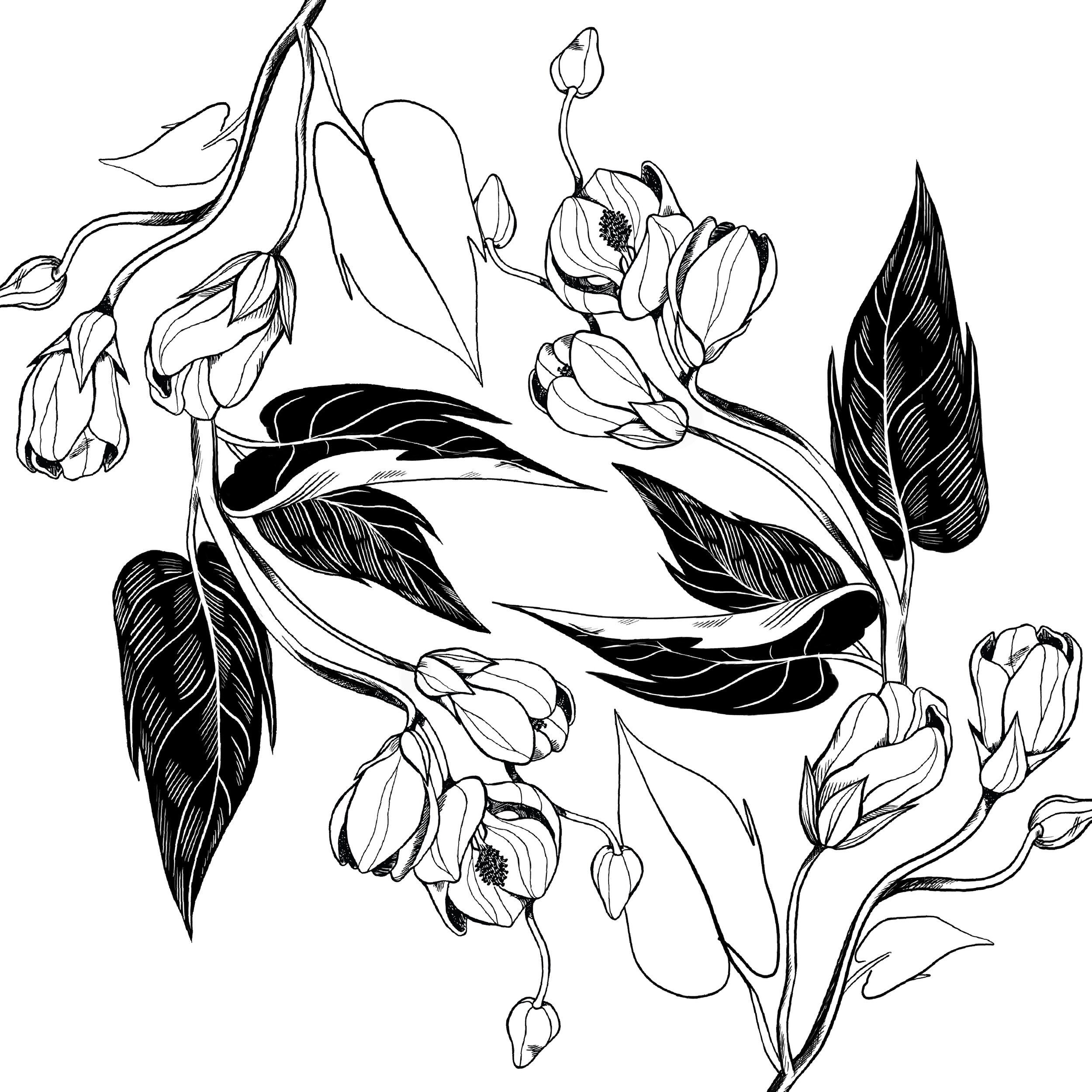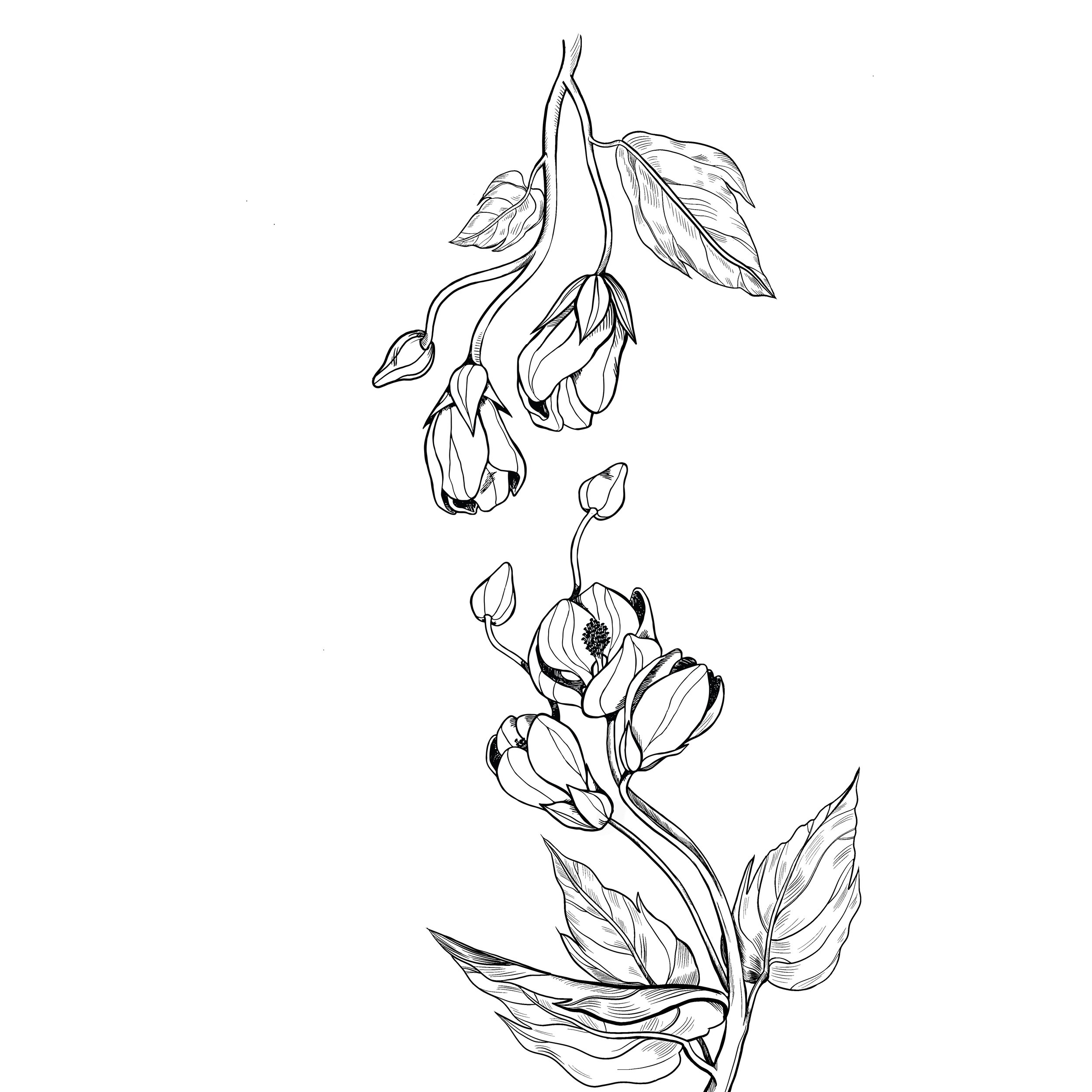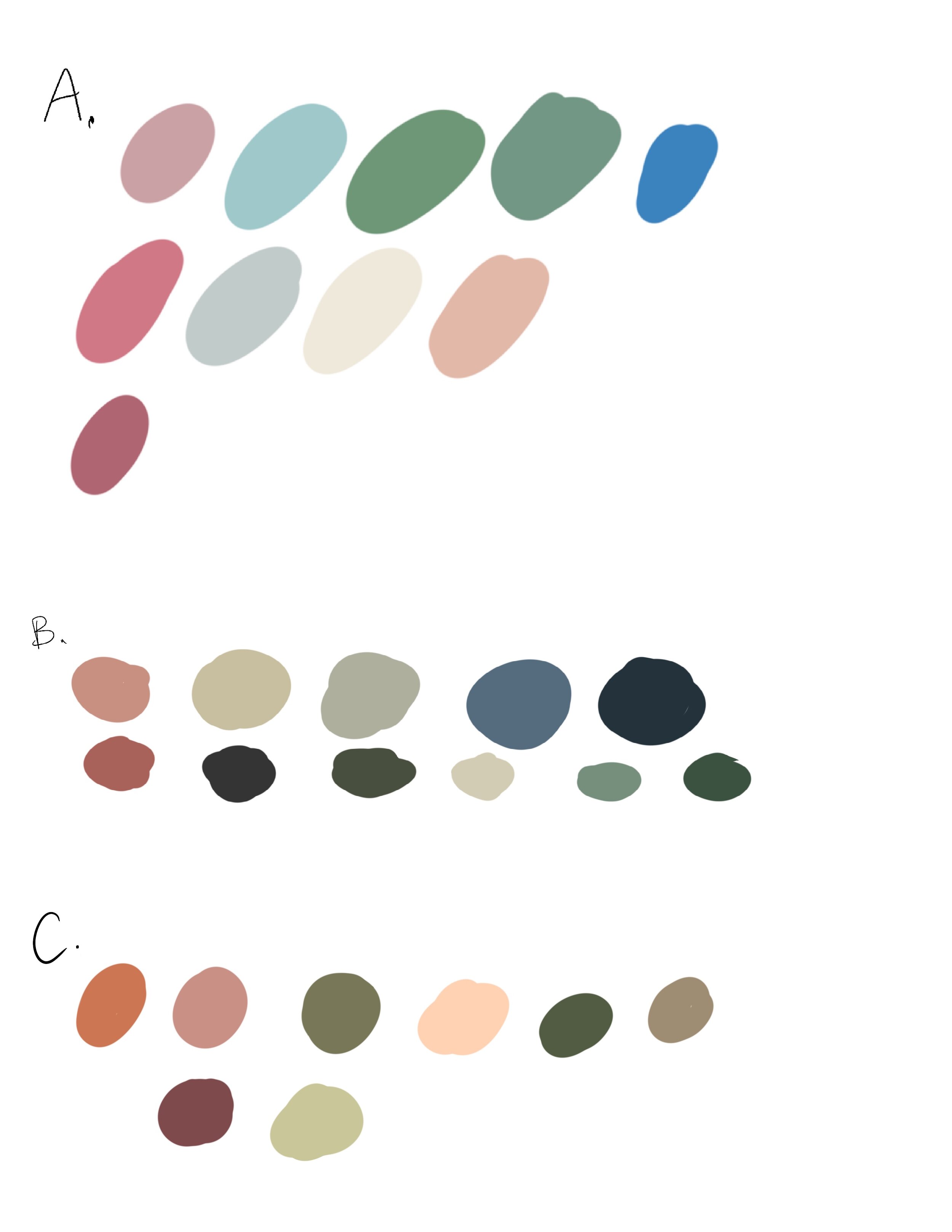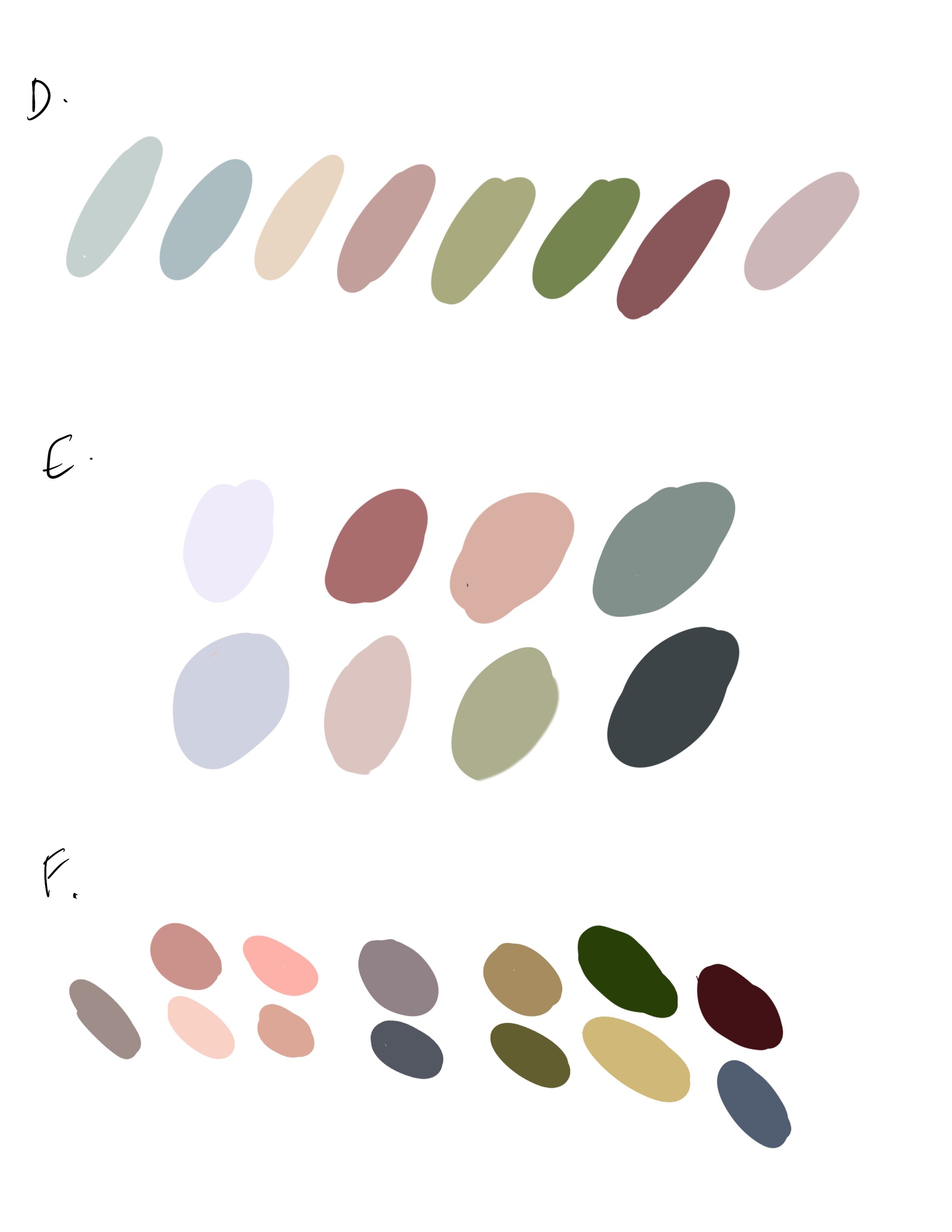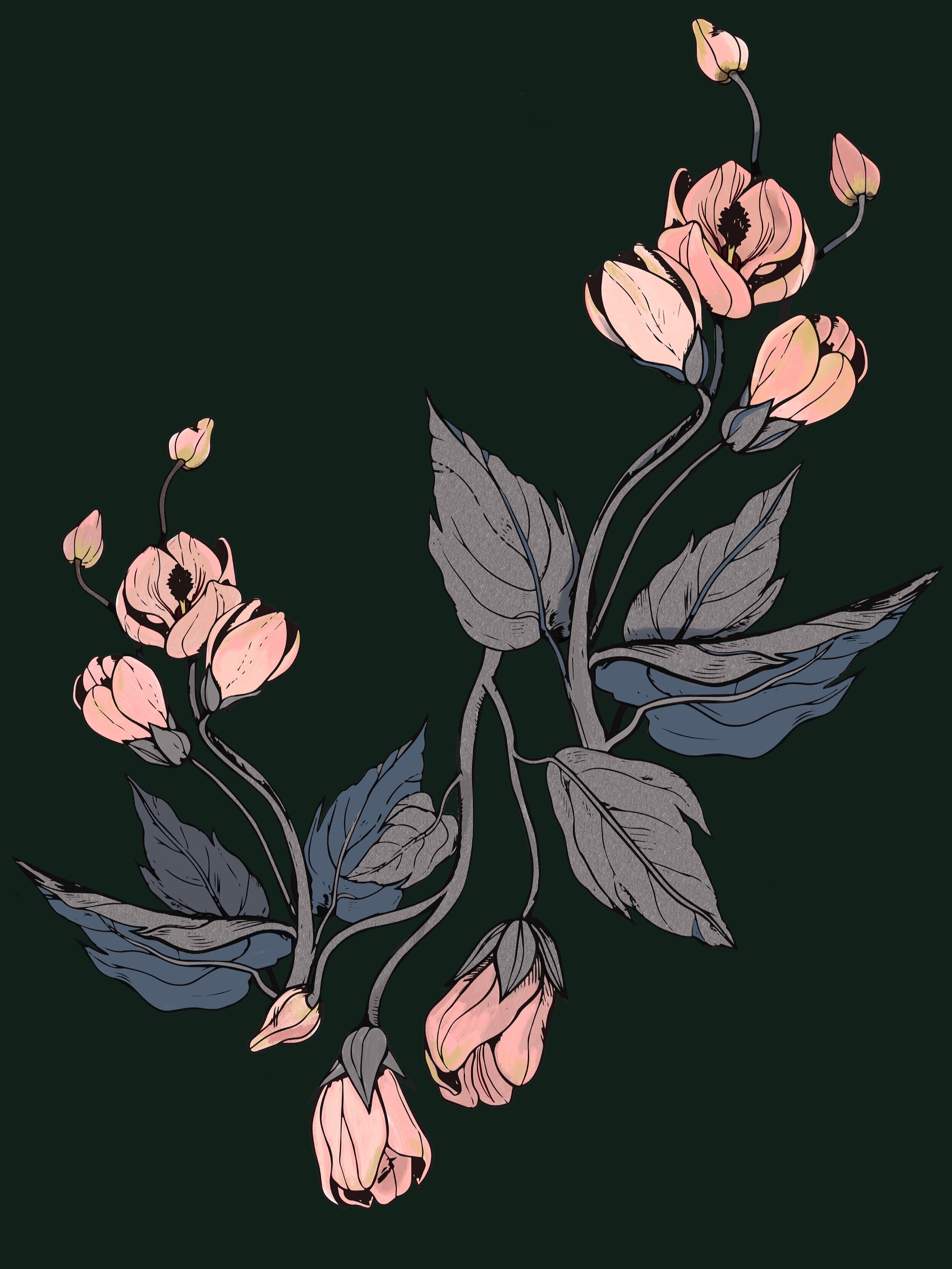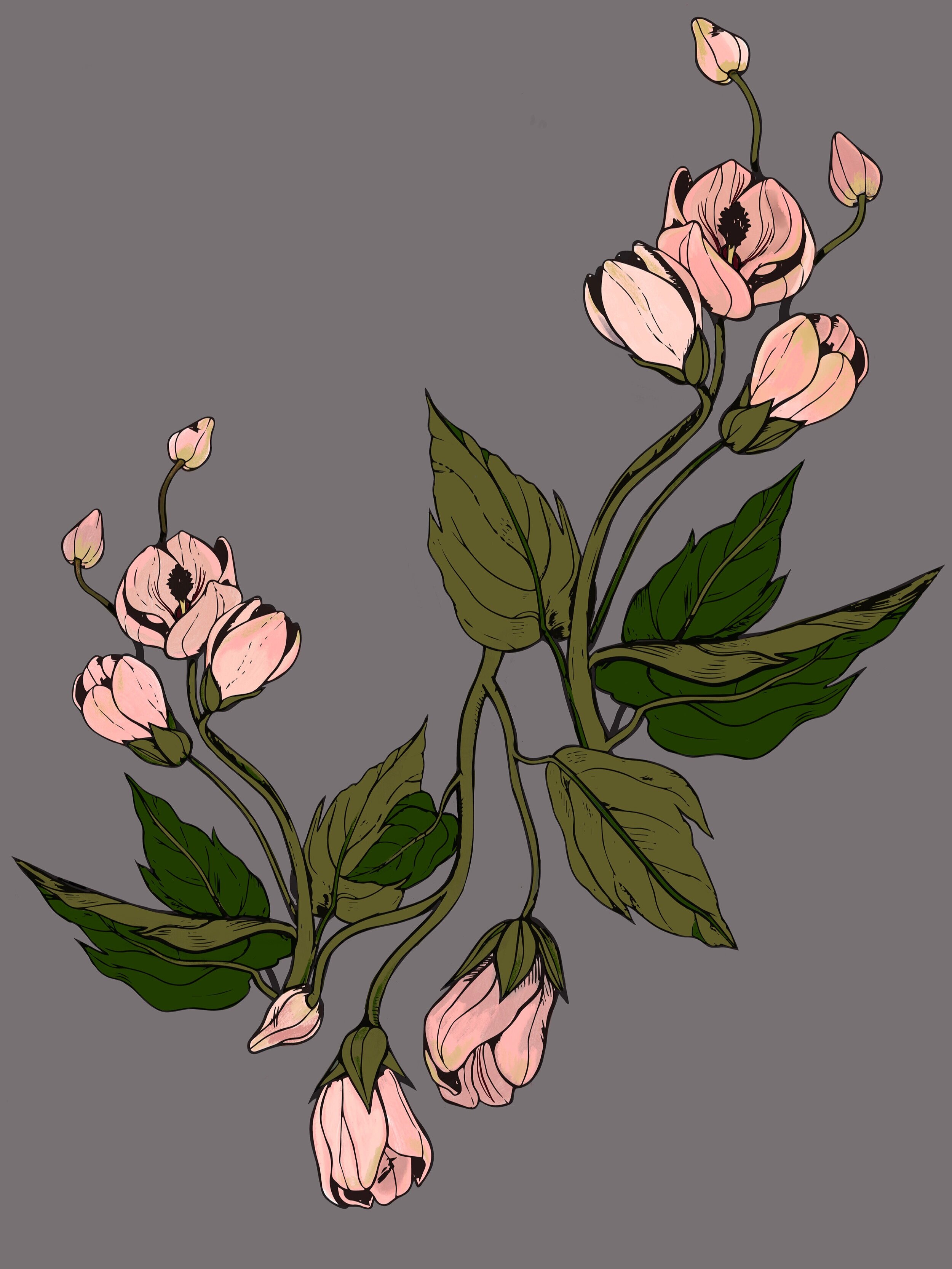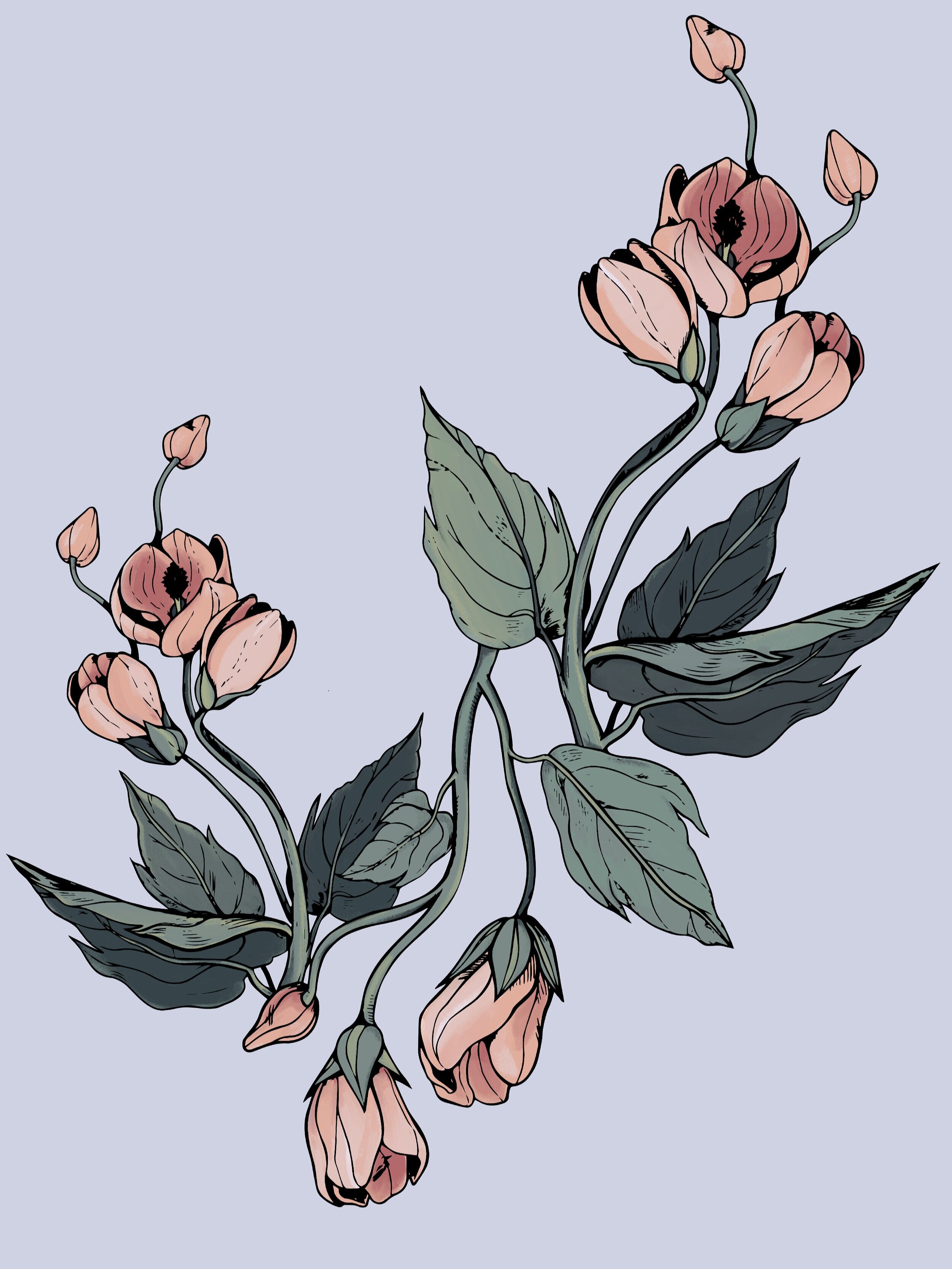Kale Tree Supports Sierra Club’s Campaign to Protect California’s Forests
Yucca, Pine trees, Cyprus trees, and grasses. Angeles National Forest, California.
California's forests are abundant with natural wonders to explore. According to the US Department of Agriculture, forest land makes up one-third of California's total land area. California's forests host millions of residents and visitors enjoying our state's natural beauty while participating in endless recreational and educational activities such as hiking, camping, and birdwatching.
Red-shouldered Hawk (Bueto lineatus) located in Three Rivers, Southern Sierra Nevada, California.
While spending time outdoors is a valuable experience that enriches our quality of life, California's lush forests also provide vital services to a healthy ecosystem, including plant and wildlife biodiversity, flood and erosion control, and climate regulation. In addition, a healthy forest contributes to healthy air quality and reduces the impacts of climate change by absorbing Carbon Dioxide from the atmosphere.
Three Rivers, Southern Sierra Nevada, California.
California's forests are also a source of reliable, clean drinking water for our state's communities. By supplying and regulating water through meadows and watersheds year-round, our forests provide 65 percent of the state's clean water. Consequently, in drought-prone California, our water supply is dependent on our forest's health and function.
The sunset sky in Three Rivers, Southern Sierra Nevada, California.
As our climate continues to change and wildfires become a more common occurrence in California, there are several challenges that we must face in maintaining the health of our state's forests. A significant threat to the health of California's forests is an extreme logging method known as "clearcutting." Clearcutting involves cutting down natural forests and pouring herbicides on the site to make room for human-made tree plantations. These tree plantations do not replicate the ecosystems of a healthy forest and therefore pose a danger to California's biodiversity, air purity, water supply, and climate regulation.
Wolf Lichens (Genus Letharia) located in the Sequoia National Forest, California.
The protection of California's forests is essential to our livelihoods. Unfortunately, more than 50,000 acres of Californian forest are cut down every year due to clearcutting. Sierra Club's "Stop Clearcutting CA" campaign is raising awareness of the dangers of clearcutting and its adverse impacts on California's ecological wellbeing.
Chaparral Yucca (Hesperoyucca whipplei) located in Southern Sierra Nevada, California.
As a naturalist and advocate for environmentally compassionate design, Kale Tree Founder Sarah Barnard LEED AP, and WELL AP, is inspired to support Sierra Club's "Stop Clearcutting CA" mission to protect California's environment. To raise awareness of the urgent need to protect our forests, Barnard will utilize her skills as an artist to contribute photography of flora, fauna, and funga found in California's forests. She will continue to document forests, bodies of water, and wildlife for Sierra Club's campaign throughout the year.
Sparse Pine and Cyprus trees in Angeles National Forest, California.
If you wish to help preserve California's natural forests and support the "Stop Clearcutting CA" campaign, you are invited to sign Sierra Club's petition to Governor Newsom to end clearcutting in California's forests. Visit Sierra Club's website and resource page for more ways you can help protect California's forests and join the group on Facebook, Instagram, and Twitter.
Dried Pine leaves (needles) located in Three Rivers, Southern Sierra Nevada, California.
Bibliography
Balloffet, N; Deal, R; Hines, Sarah; Larry, B; Smith, N. 2012. Ecosystem Services and Climate Change. U.S. Department of Agriculture, Forest Service, Climate Change Resource Center. www.fs.usda.gov/ccrc/topics/ecosystem-services
“Focus on Forestlands in California.” USDA Climate Hubs. www.climatehubs.usda.gov/hubs/california/topic/focus-forestlands-california.
“Nature's Benefits.” Angeles National Forest - about the Forest. www.fs.usda.gov/detail/angeles/about-forest/?cid=fseprd604146.
“Stop Clearcutting CA.” Sierra Club. https://www.sierraclub.org/grassroots-network/stop-clearcutting-ca.
Trail signage at the Red Box Picnic Area in the Angeles National Forest, site of the 2020 Bobcat Fire.
Wallflower: A lesser-known floral blossoms into its moment with a new eco wallpaper
Kale Tree Founder Sarah Barnard is an advocate of all things nature. “Being in nature brings me great pleasure, and is the source of inspiration for much of my work,” says Barnard. “Setting aside time to enjoy and plant in my garden helps me decompress, and fully engage mentally and physically outside of my design practice.
Kale Tree Founder Sarah Barnard is an advocate of all things nature. “Being in nature brings me great pleasure, and is the source of inspiration for much of my work,” says Barnard. “Setting aside time to enjoy and plant in my garden helps me decompress, and fully engage mentally and physically outside of my design practice. After gardening, I feel re-energized, focused, and ready to return to work.” One of Sarah’s favorite plants is Mallow. She has three different varieties that she tends to in her garden.
Mallow is a free-flowering plant that blooms beautifully draping, lantern-shaped blossoms of all varieties of pinks, yellows, reds, and whites. There are about 200 species in this particular genus. Also referred to as the Flowering Maple, Chinese Lantern, and Indian Mallow, this shrub earned its names from its maple-like leaves, lantern shape flowers, and mallow genus. These shade-loving plants are delicate, requiring regular care and maintenance. This effort can be fruitful; however, as a happy Mallow can flower almost non-stop. These stunning plants are pollinator-friendly, attracting hummingbirds, butterflies, and bees alike[1].
While most commonly planted for ornamentation in gardens, the Mallow has qualities that benefit health and well-being. Some Mallow species have a history of medicinal uses for emollient, analgesic, anti-diabetic, and anti-inflammatory purposes, to name a few[2]. Their flowers produce nectar, making them slightly sweet and astringent[3]. Floriography, the language of flowers, suggests that Abutilon symbolizes Meditation[4].
Out of pure adoration of this plant, Kale Tree created a line of botanical wallpapers inspired by the Mallow.
The line drawing for the wallpaper began as the annual letterpress holiday card for Sarah’s interior design studio. The Kale Tree team reworked and expanded the original illustration into a pattern for wallpaper and textiles. Photographs of Mallows in Sarah’s garden were used as references to develop the drawing. Kale Tree designers chose to render the Mallow in a larger than life scale to highlight their extraordinary beauty and bring a contemporary feel to the notion of traditional floral wallpaper. The color palette was adapted from Victorian Era paintings as a nod to art history, marrying classical with contemporary. Pink is utilized generously throughout the illustrations as it happens to be one of Sarah’s favorite colors. “Clients seldom choose to incorporate pink into their spaces, so Kale Tree is my outlet to explore and indulge in this color,” says Sarah.
Kale Tree’s eco-friendly wallpaper features a subtle surface texture and a hand-drawn pattern. It is available in three colorways: Midnight Forest, Evening Mauve, and Dusty Dawn. Designed with nature in mind, this product is a PVC-free, type II wallpaper made with 31% post consumer, recycled canvas, and printed with a VOC-free process free of solvents. The wallpaper is 33 inches wide by 18 feet long and is sold per 49.5 square foot roll. Kale Tree aims to promote health and wellbeing through introducing our healthful, ethically produced goods inspired by the intersection of art, design, and nature.
You can pre-order for Spring 2021 here.
References
[1] Mahr, Susan. “Flowering Maple, Abutilon Spp.” Master Gardener Program, 5 Aug. 2020, mastergardener.extension.wisc.edu/article/flowering-maple-abutilon-spp/.
[2] Rajeshwari S, Sevarkodiyone SP (2018) Medicinal properties of Abutilon Indicum. Open J Plant Sci 3(1): 022-025. DOI: 10.17352/ojps.000011.
[3] “Abutilon Striatum (Red Vein Indian Mallow).” Gardenia.net, www.gardenia.net/plant/abutilon-striatum.
[4] Deitz, S. Theresa. Floriography Today: The Symbolic Meanings & The Possible Powers of Trees, Plants and Flowers. 2012.





